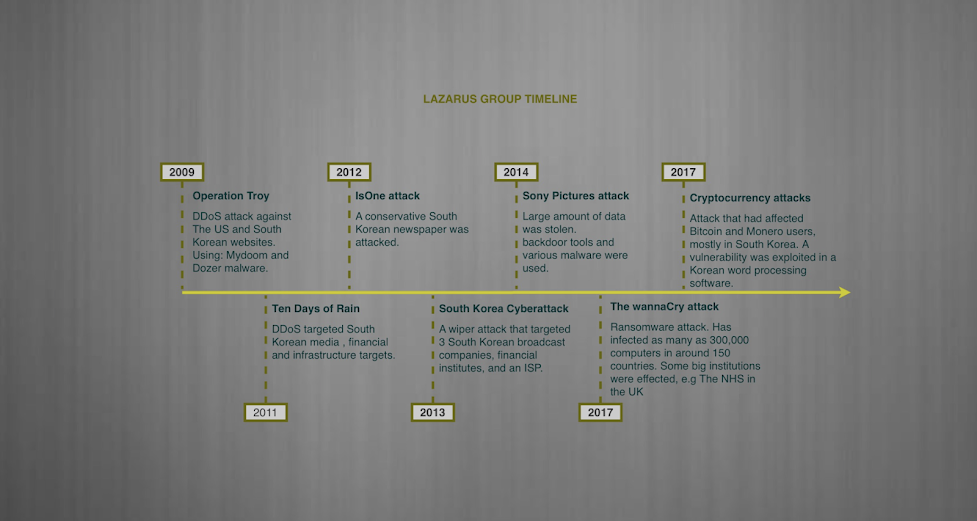Malware research draft 2
Nowadays, with the internet and the digital transaction carried within the network, the malware problem has become a significant issue among computer and network users (Masud et al., 2011). Malware is malicious software developed by hackers and designed to infect the personal computer without the owner's permission. To steal information or harm the system (Masud et al., 2011). Typically, malware infects a computer through email, website, or external hard devices. (L. Hosch, 2020). Viruses, worms, Trojan horses, spyware, etc. are malware types (Masud et al., 2011). Not being aware of having an infected computer is common, as owners of these computers think it just a glitch or find an unidentified file that cannot be removed (L. Hosch, 2020). Therefore, it is necessary to raise the user's awareness and have them install the essential software to fight such a problem.
Worms and viruses are kinds of malware, and each works differently. Worms are unlike viruses; worms do not have to attach themselves to a binary file or documents (Masud et al., 2011). In comparison, Viruses are normally attached to binary files. Thus, it normally infects the host via an attachment in an email or shared network. (Masud et al., 2011). Worms spread and propagate themselves through the computer network (Nandal, 2017). Worms and viruses exhibit a number of malicious behaviours such as spamming and phishing, deleting date from hard drive, etc.
Therefore, in order to find a solution, it is necessary to determine the malware type and its threat and purpose (Davis et al., 2009). For example, anti-viruses. It is true that there are corporations that claim to offer protection to your machine, but it does the contrary. However, legit anti-viruses could show up to 99.6% efficiency. That leads to the two types of anti-malware. First scanning. Manual or On-demand scanning, this type of scanning requires user interaction to demand the scanning process, and it is also an offline scanning. Meaning that the files to be scanned must not be executed. The remediation actions offered include deleting or quarantine a file, etc. the other type of scanning, On-access, or Real-time scanning. It scans the opened files, emails, websites, and so on without the user's knowledge. "On-access and On-demand scanning complement each other "(Davis et al., 2009).
Also, there is the Signature-based detection. This type works by comparing the malware signature against the one in the database "(Davis et al., 2009). It is works typically by disassembling the known virus code and store its byte sequence. For this type and any other to work efficiency, the program should be regularly updated by the anti-malware company and the user. Because there are always new malware sequences to be added to the database. However, this might not work with the 0-day exploit, since it is the hardest malware for any detection system to detect "(Davis et al., 2009).Nonetheless, Sometimes the system succeeds in detecting the 0-day exploits because of the similarity in the pattern with an already existed malware "(Davis et al., 2009).
To sum up, malware is more sophisticated than ever, and it would get even more advanced. Yes, there are many commercial anti-viruses, Firewalls, and so on. Yet I believe it is not enough since hackers always find a way to circumvent anti-malware. Therefore, besides installing anti-malware with making sure to keep it up-to-date, the most important thing is paying attention and avoiding installing anything from the internet without running a check first. Another thing if we minimize the usage of the memory in a device, I think it would be helpful since there would be no place in the machine to attack.
References :
- Hosch L., W., 2020. Malware. [online] Britannica Academic. Available at: <https://academic-eb-com.proxy.library.dmu.ac.uk/levels/collegiate/article/malware/474439> [Accessed 18 October 2020].
- Davis, M., Bodmer, S., LeMasters, A. and LeMasters, A., 2009. Hacking Exposed. [ebook] New York, USA: McGraw-Hill Professional Publishing. Available at: <https://ebookcentral.proquest.com/lib/dmu/reader.action?docID=4657740> [Accessed 21 October 2020].
- Mattei A., T., 2017. Privacy, Confidentiality, And Security Of Health Care Information: Lessons From The Recent Wannacry Cyberattack. [ebook] Elsevier. Available at: <https://www-sciencedirect-com.proxy.library.dmu.ac.uk/science/article/pii/S1878875017309968> [Accessed 18 October 2020].
- Masud, M., Khan, L., Thuraisingham, B., and J. Andreasson, K., 2011. Data Mining Tools For Malware Detection. 1st ed. [ebook] Auerbach Publishers, Incorporated, p.37. Available at: <https://ebookcentral.proquest.com/lib/dmu/detail.action?docID=826949> [Accessed 18 October 2020].
- Nandal, P., 2017. Malware Detection. 1st ed. [ebook] Diplomica Verlag, p.6. Available at: <https://ebookcentral.proquest.com/lib/dmu/detail.action?docID=5735903> [Accessed 18 October 2020].


Comments
Post a Comment